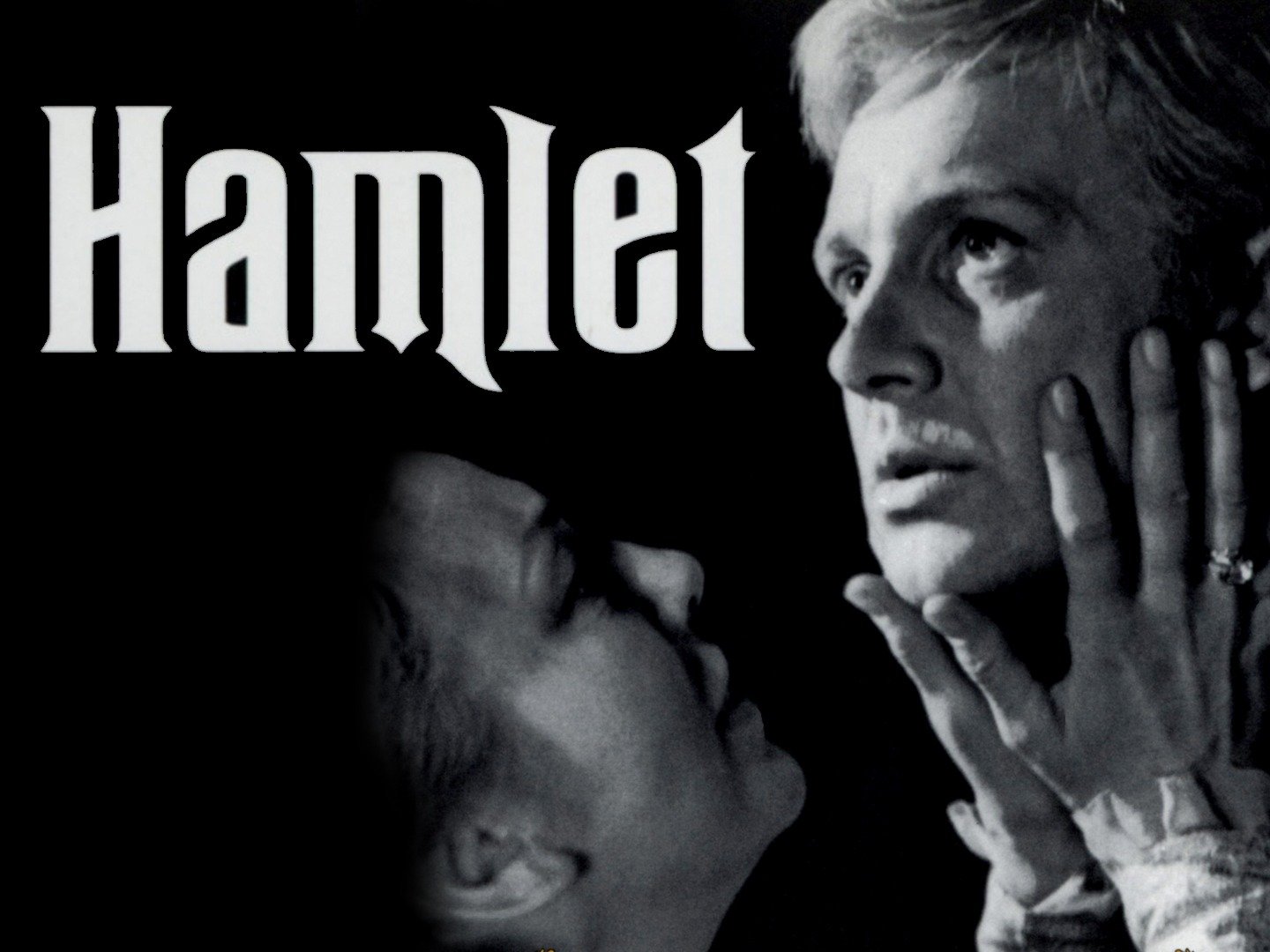
HAMLET (GAMLET)
(director/writer: Grigori Kozintsev; screenwriters: translated by Boris Pasternak/based on the play Hamlet by William Shakespeare; cinematographer: Jonas Gritsius; editor: Ye. Makhankova; music: Dmitri Shostakovich; cast: Innokenti Smoktunovsky (Hamlet), Mikhail Nazvanov (King Claudius), Elsa Radzina-Szolkonis (Queen Gertrude), Yuri Tolubeyev (Polonius), Anastasiya Vertinskaya (Ophelia), Vladimir Erenberg (Horatio), Vadim Medvedev (Guildenstern), Igor Dmitriyev (Rosencrantz), Stepan Oleksenko (Laertes), Ants Lauter (Priest); Runtime: 140; MPAA Rating: NR; producer: M. Shostak; Facets Video; 1964-Russia-in Russian with English subtitles)
“One of the better versions of Hamlet.”
Reviewed by Dennis Schwartz
One of the better versions of Hamlet, though admittedly hard to judge for an English audience because of the language barrier (to read subtitles rather than hear the Bard’s English makes all judgments suspect, but the plot remains faithful and it’s clearly presented). There’s a sweeping epic scope and a rich imagination that can’t be denied. It’s knocked down from the play’s four hours to a more reasonable movie viewing time of 140 minutes; is superbly photographed in a shimmering black and white; Dmitri Shostakovich’s original symphonic score is brilliantly evocative; the film sets a haunting mood; it uses long silences in place of dialogue quite effectively; and the interpretation is based on a lively translation by Russian novelist Boris Pasternak (a Soviet dissident). But most important, it has someone in veteran stage actor Innokenti Smoktunovsky to play the sensitive and questioning Hamlet with force and purpose. The thoughtful director, Grigori Kozintsev (“Don Quixote”/”King Lear”), has things well in hand as to detail and in how to portray the melancholy Dane with an air of volatility and muscularity. He also gets the most out of the scenes with the frail Ophelia. She’s used as a pawn in the royal court to do espionage and goes mad when betrayed in love by a brooding Hamlet, which is illustrated as she goes in a tizzy in the middle of practicing her dance steps. In Hamlet’s famous soliloquy, “to be or not to be,” the director uses a voiceover for Hamlet in place of him directly speaking, with the rough North Sea waves hitting the shoreline rocks as Hamlet, for part of the speech, has his back to the camera facing the sea (which might upset purists). The old king killed two months ago by his brother Claudius, now married to Hamlet’s mom Gertrude, is seen as a ghost at the top of the castle wall by Hamlet at midnight. He brings a sense of terror with his ghostly presence, as he’s dressed as a warrior in a black cloak and armor.
Kozintsev offers his own interpretation of the loner Hamlet like every new version of the 17th-century play must; this one reflects the post-Stalinist times of a communist thaw in its hard-line (by the time the film was released there was a coup d’etat and the Brezhnev era began, signaling the end of the thaw and the start of a King Claudius era). It shades its Hamlet accordingly with the rotten stench in a closed-off Denmark castle, of armed soldiers on patrol and spies present everywhere, and citizens afraid to speak out against the king, making Hamlet feel he’s in a prison. You can substitute the castle for the Soviet Union and its Iron Curtain mentality, and plainly see where real justice was a fiction in such a scary place.
It was filmed to commemorate the 400th anniversary of the playwright’s birth, and used a real castle in Estonia to portray Elsinore.
REVIEWED ON 9/4/2007 GRADE: A https://dennisschwartzreviews.com/